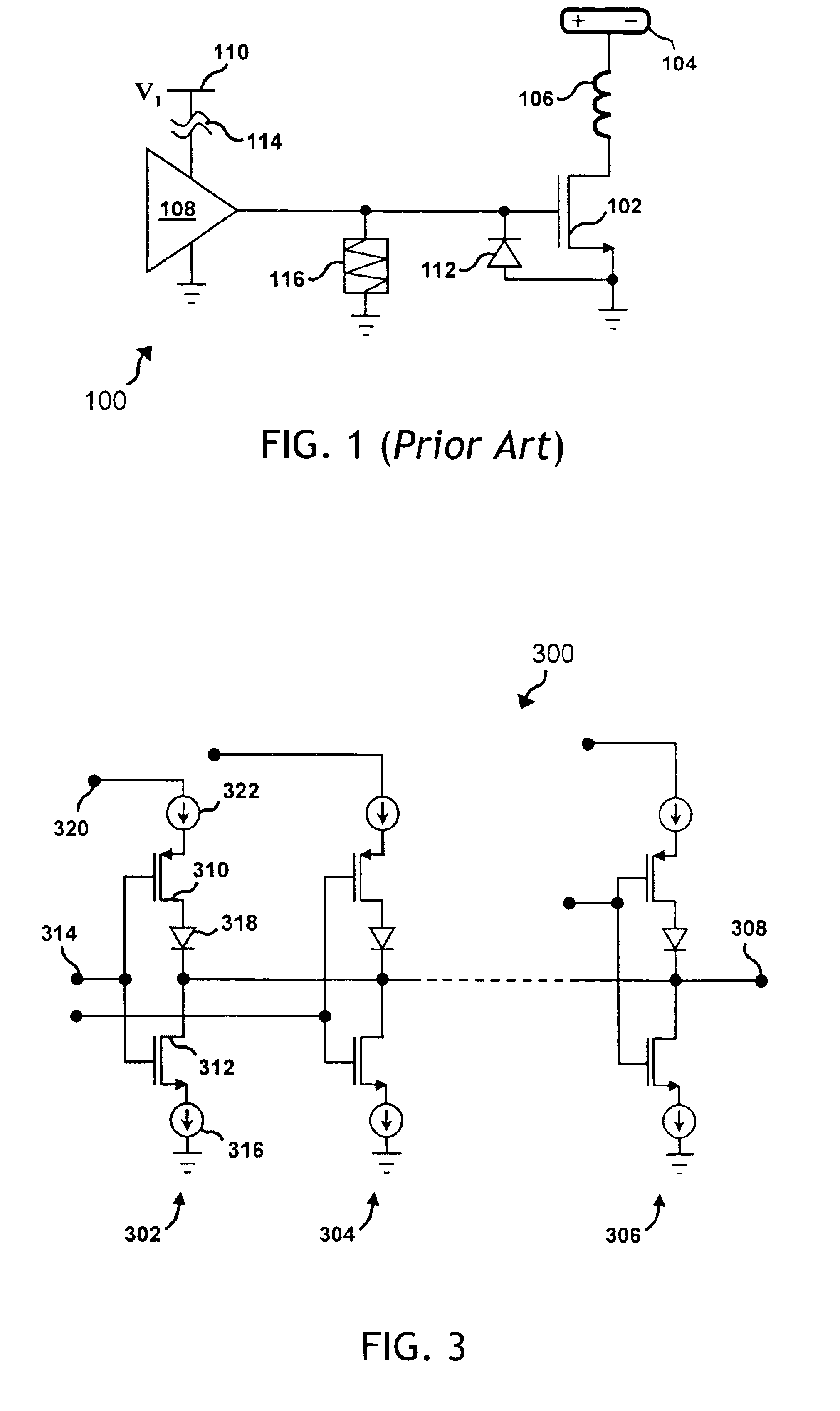System for oxide stress testing
a stress testing and oxide technology, applied in the field of semiconductor devices, can solve the problems of reducing the performance or lifetime of the device, affecting the reliability of the device, and generating numerous challenges to the semiconductor manufacturing process, and achieves the effects of convenient, efficient and reliable assessment, and reduced manufacturing costs
- Summary
- Abstract
- Description
- Claims
- Application Information
AI Technical Summary
Benefits of technology
Problems solved by technology
Method used
Image
Examples
Embodiment Construction
While the making and using of various embodiments of the present invention are discussed in detail below, it should-be appreciated that the present invention provides many applicable inventive concepts, which can be embodied in a wide variety of specific contexts. The invention will now be described in conjunction with the over-voltage testing of a gate oxide structure. The specific embodiments discussed herein are, however, merely illustrative of specific ways to make and use the invention and do not limit the scope of the invention.
The system of the present invention provides accurate characterization of oxide overstress behavior, without altering device functionality. Utilizing this system, efficient and reliable assessment of semiconductor oxide integrity is provided in an easy, efficient and cost-effective manner. Specifically, the present invention provides circuitry that supplies a gate oxide overstress voltage (hereinafter referred to as overstress supply circuitry) that is ...
PUM
 Login to View More
Login to View More Abstract
Description
Claims
Application Information
 Login to View More
Login to View More - R&D
- Intellectual Property
- Life Sciences
- Materials
- Tech Scout
- Unparalleled Data Quality
- Higher Quality Content
- 60% Fewer Hallucinations
Browse by: Latest US Patents, China's latest patents, Technical Efficacy Thesaurus, Application Domain, Technology Topic, Popular Technical Reports.
© 2025 PatSnap. All rights reserved.Legal|Privacy policy|Modern Slavery Act Transparency Statement|Sitemap|About US| Contact US: help@patsnap.com



